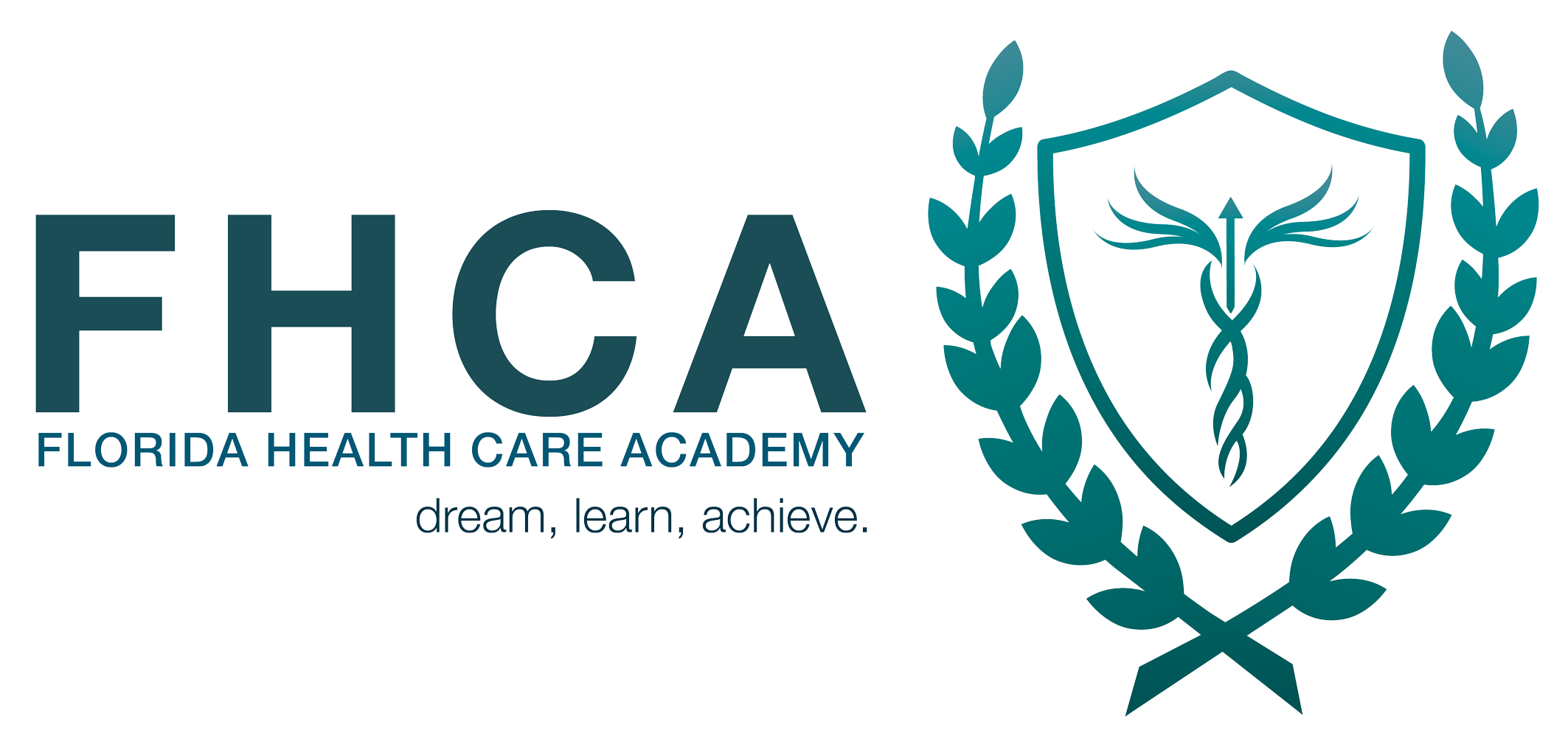
20 Must-Know Nursing Interview Questions For Success With Answers
August 31, 2021Basic In-Bed exercises for patients during physical therapy
December 7, 2021What to do in case of accidents with biological material
Nurses and caretakers are exposed to accidents with biological material when treating patients. Find out how to protect or treat yourself after it happens.
To nurses and health professionals, accidents with any kind of biological material can be one of the most dangerous occupational hazards. Fortunately, there are ways to deal with this problem.
- Prevention. The best way to avoid occupational transmission is through occupational accident prevention measures (education, training, and availability of protective equipment: goggles, masks, gowns and gloves, as well as biosafety equipment) and vaccination against hepatitis B virus (HBV) of all healthcare personnel.
- We must treat all patients and their body fluids as if they were contaminated and prevent transmission from occurring. Rigorous hand washing after procedures in which contamination with blood or other fluids may occur is essential. This is a universal rule or principle.
- Treat cuts and puncture wounds. Wash the wound with soap and water, facilitating bleeding. Disinfect the wound with an antiseptic. Do not use bleach, chlorine or other caustic agents. Cover with a waterproof dressing.
- In case of splatters, wash the skin with soap and water, and if it affects mucous, immediately wash with plenty of water. If it affects the eye, irrigate with saline, BSS, or clean water.
- Always report the accident to your institution. The biological accident is reported by filling out the specific document for this purpose and submitting the injury report or report of the attending physician.
- Perform serologic testing on the source if it’s another person, and in yourself. If the vehicle is a sharp object, it shall be disposed of in suitable containers. If surface is contaminated by fluid or source material, proceed to disinfection and cleaning of the contaminated area.
- Within the first two hours after the accident, you should go to the health surveillance service, or to the Emergency Room, so that the exposure can be studied by health professionals and post-exposure chemoprophylaxis can be administered, if necessary, as indicated in each case.
- A post-exposure follow-up has to be available to the injured worker. The tests and duration will depend on the infectious state of the patient, susceptibility and prophylaxis administered. This follow-up is useful to study the transmission of the biological agent, early detection of infection and effects of prophylaxis.
Nursing professionals have the right to receive information and training on prevention and the right to adequate monitoring of our health status at work according to protocols to avoid or minimize occupational accidents and diseases. It is essential to train personnel in safe methods for dealing with procedures that can affect health, such as the handling of body fluids, which statistically represent the majority of risks.
Was this article helpful?
Thanks for your feedback!

